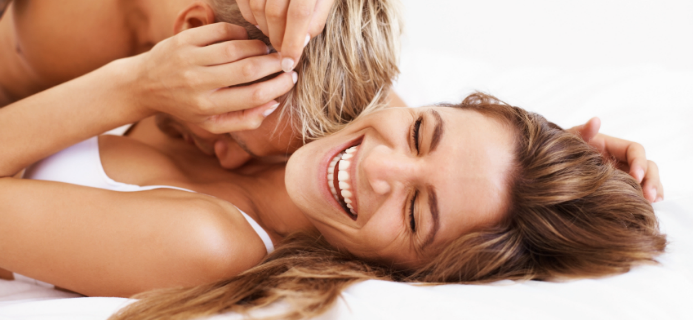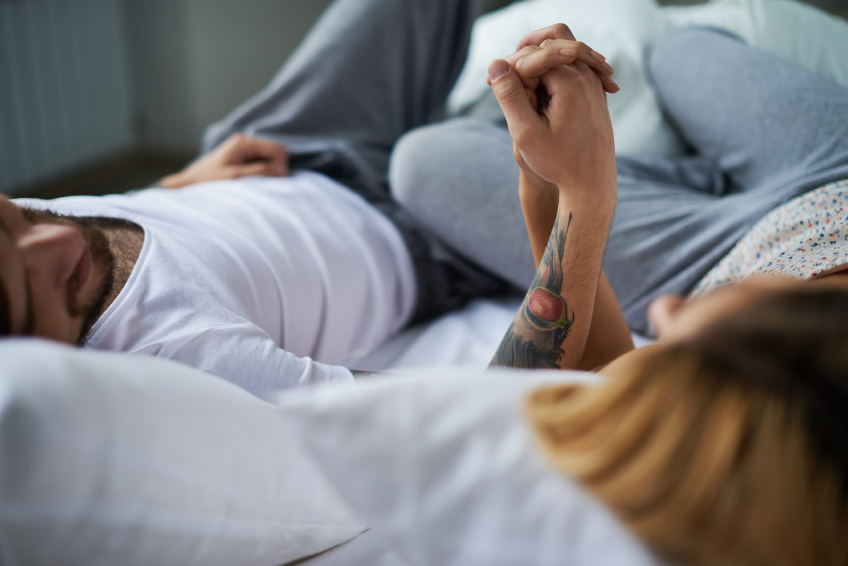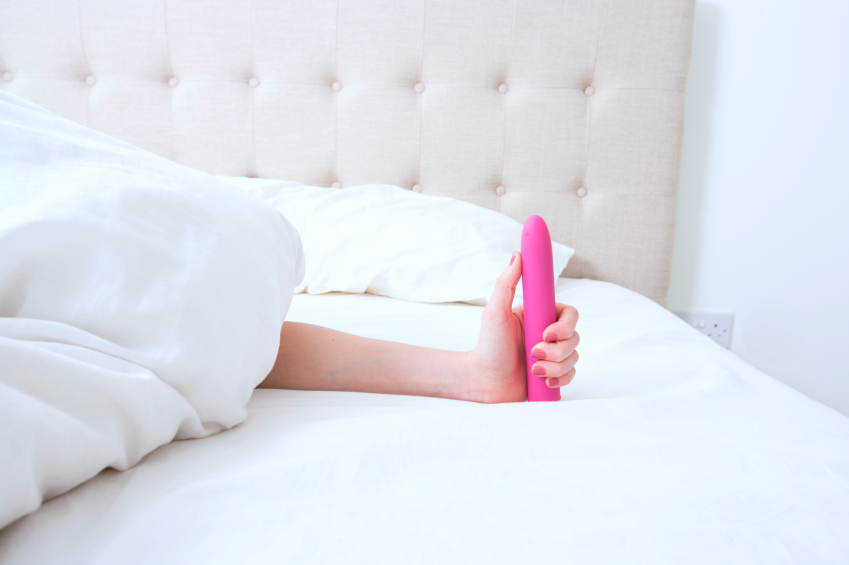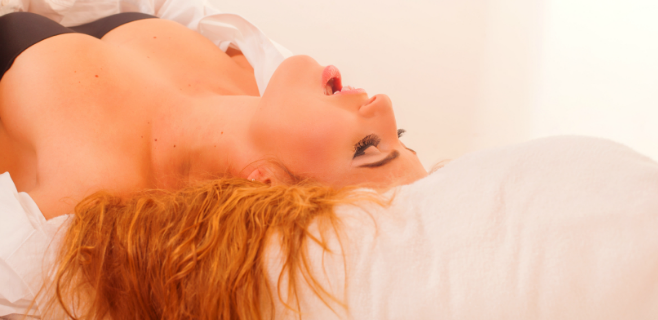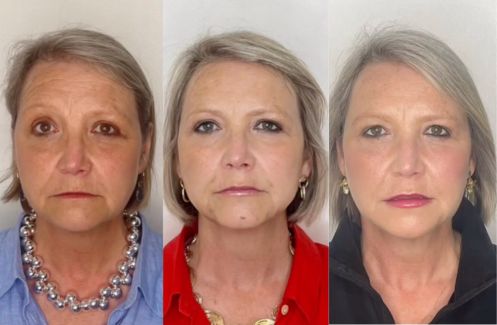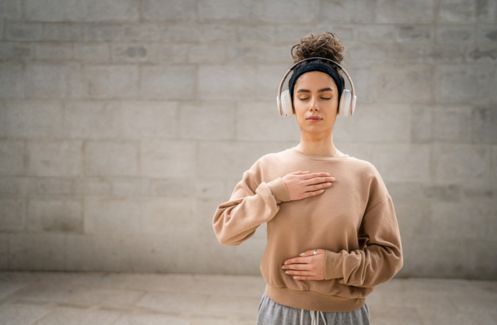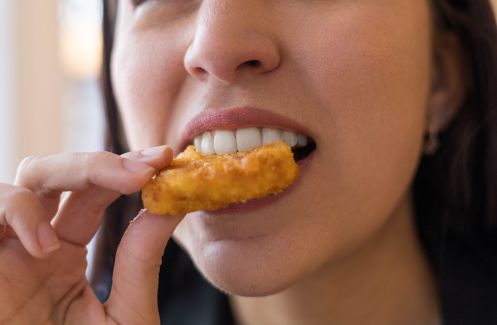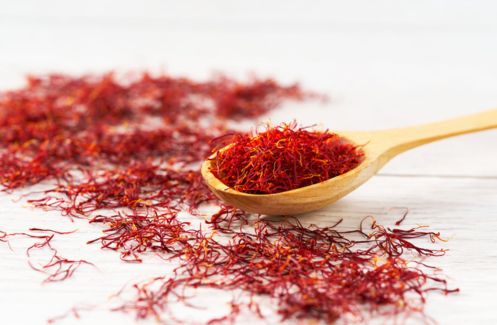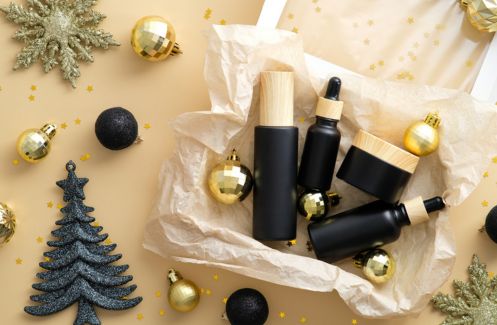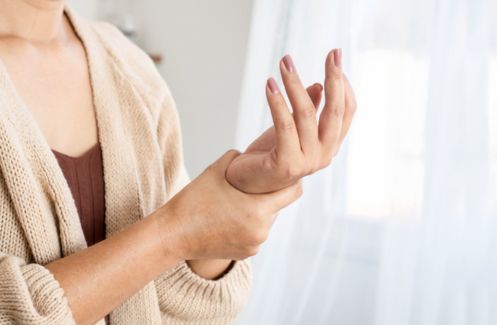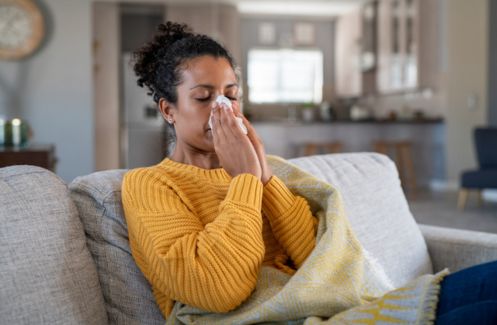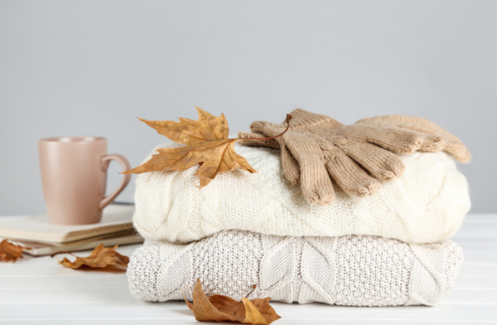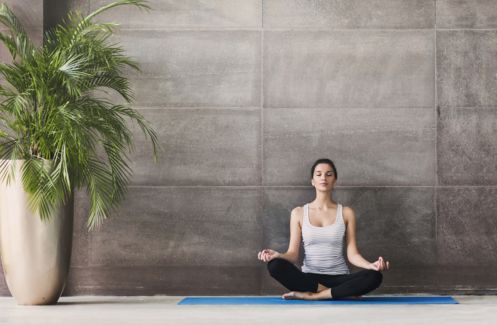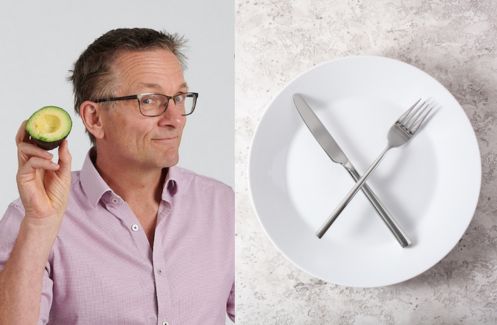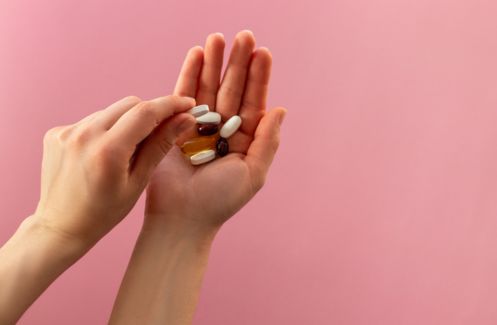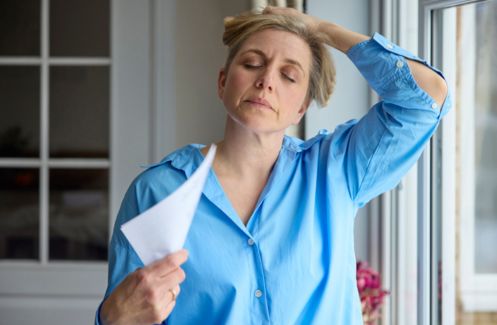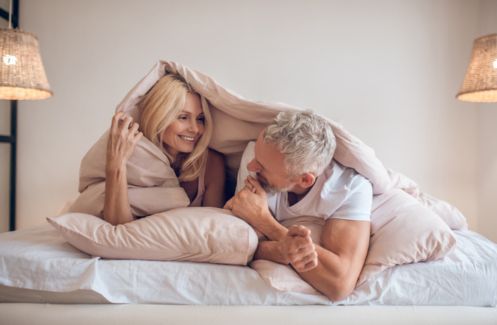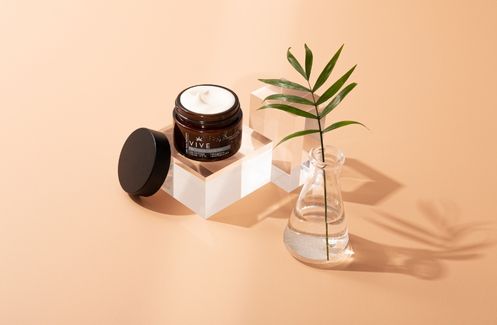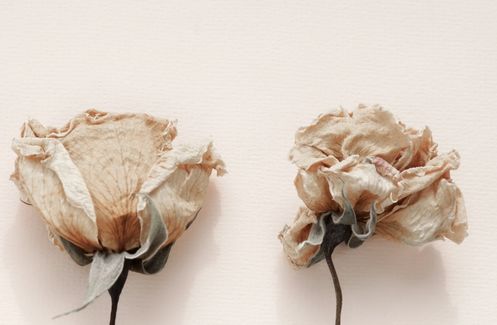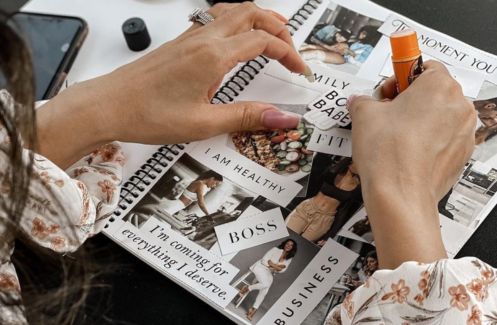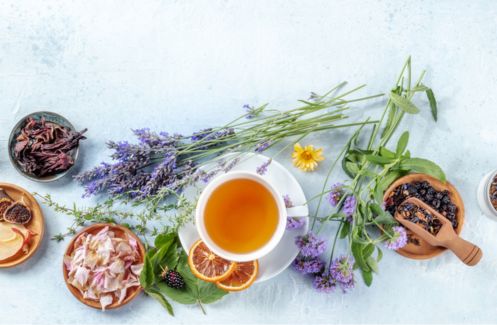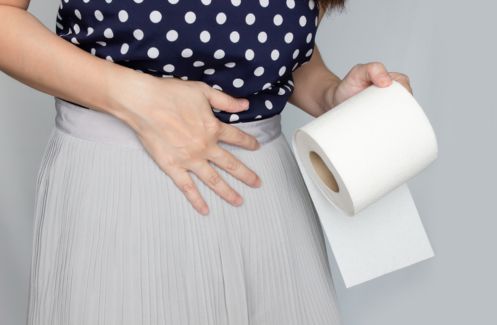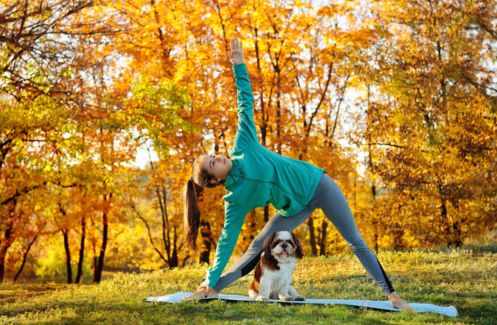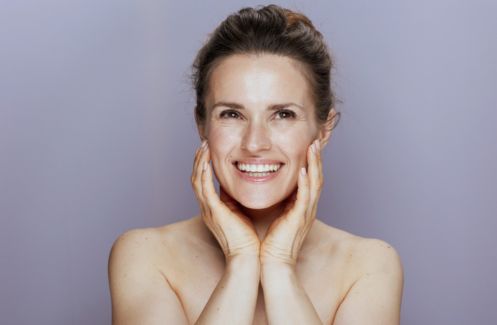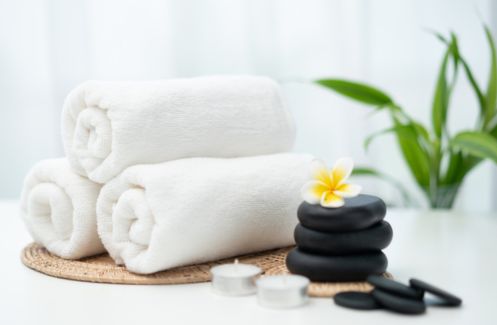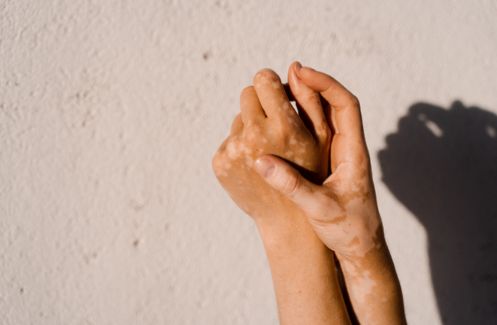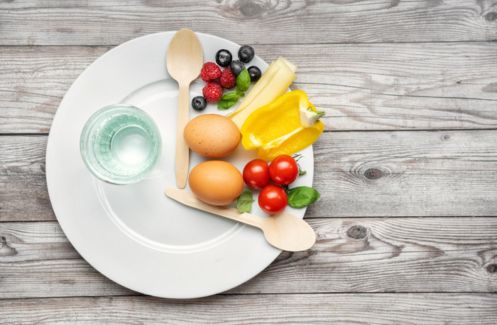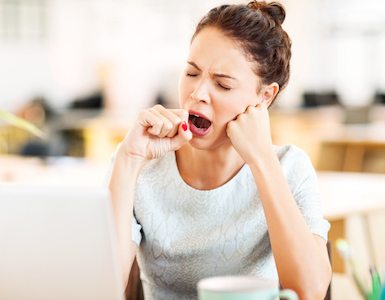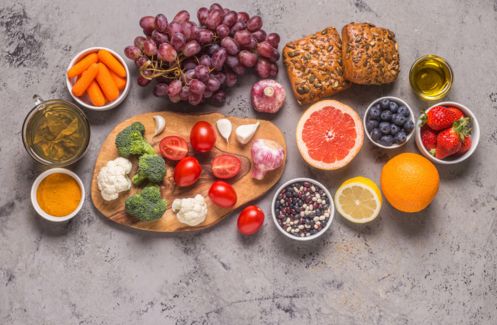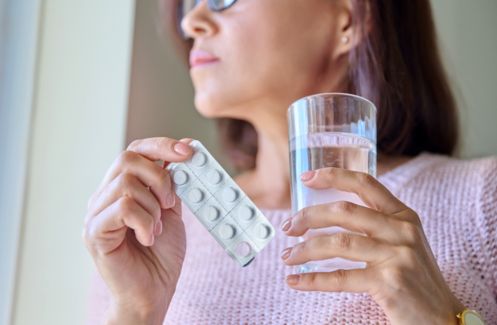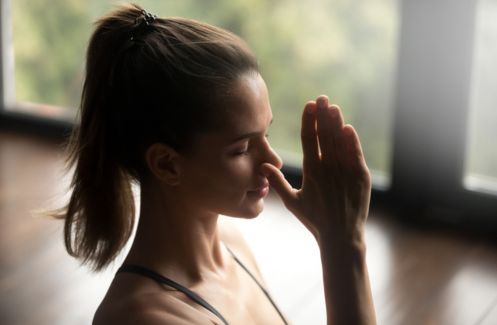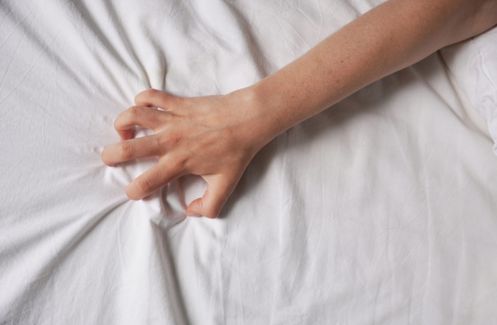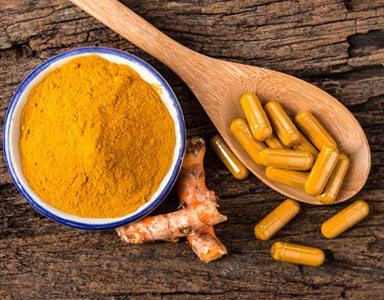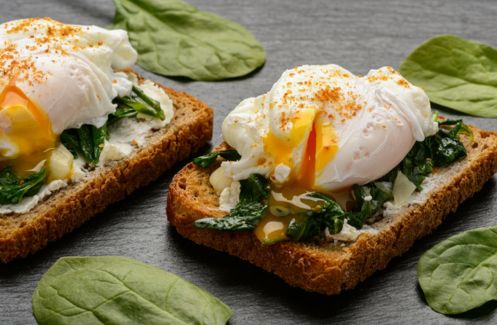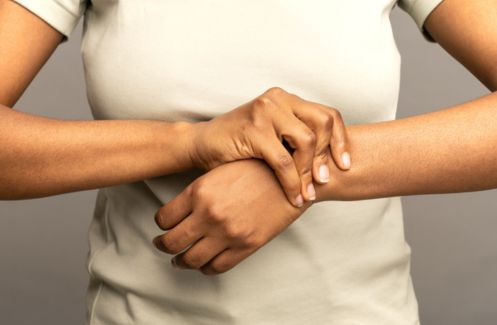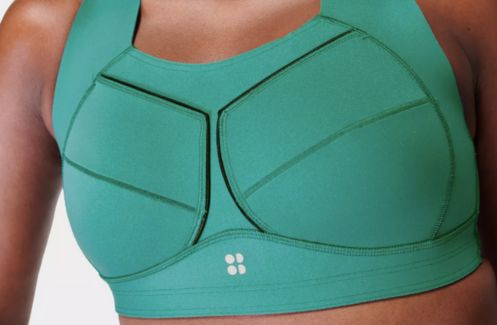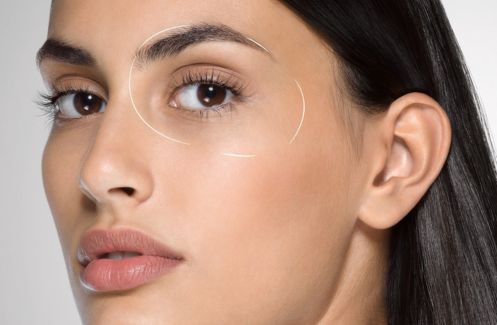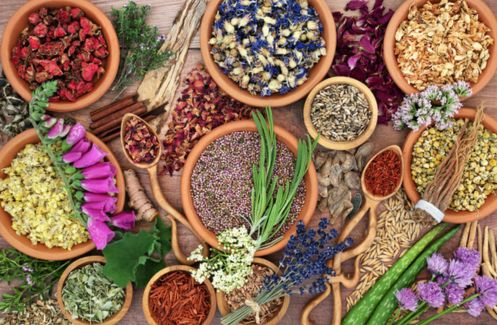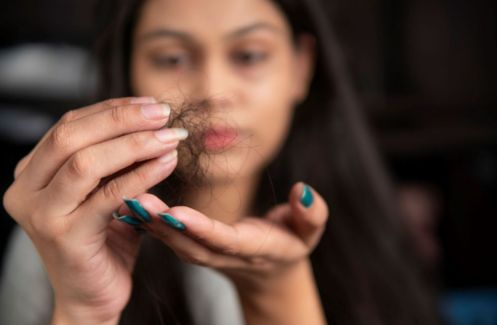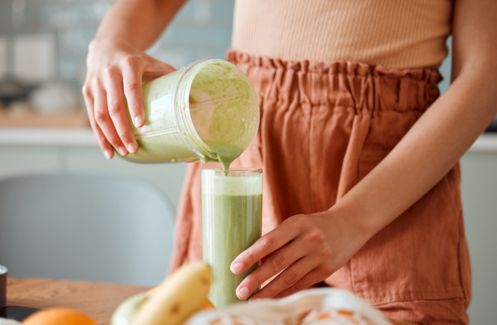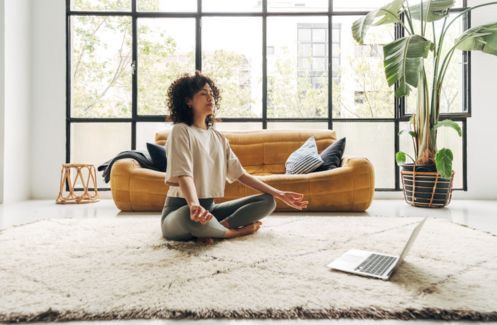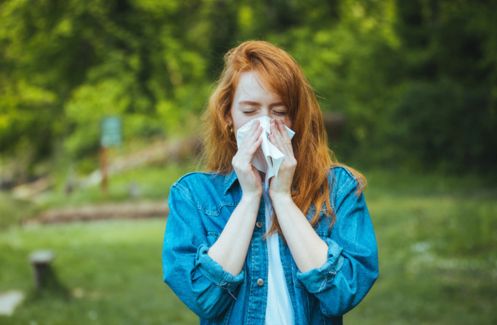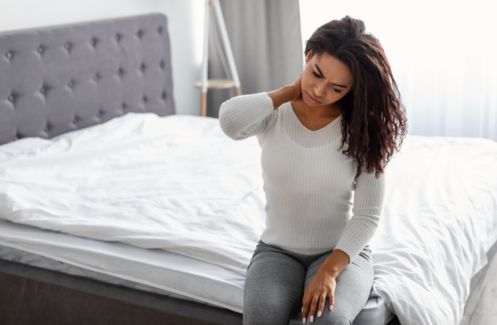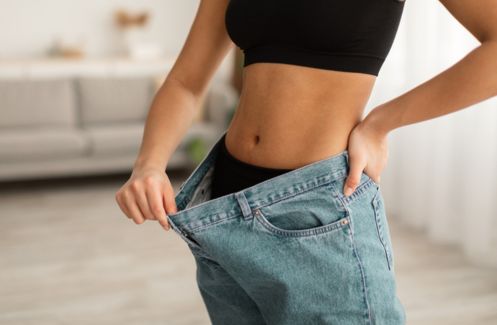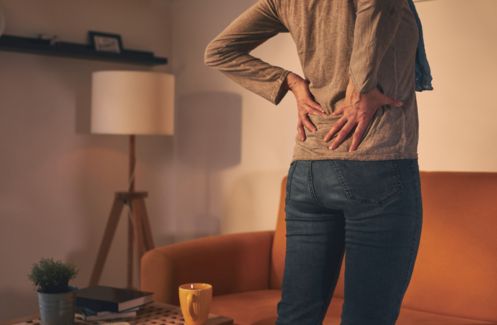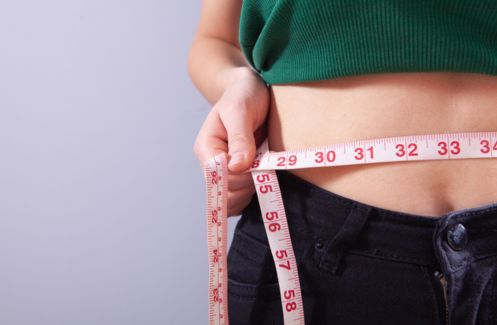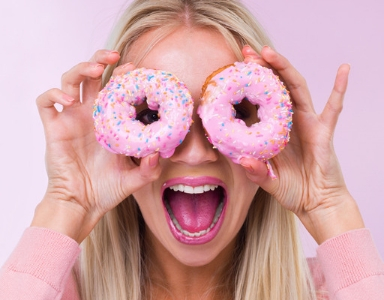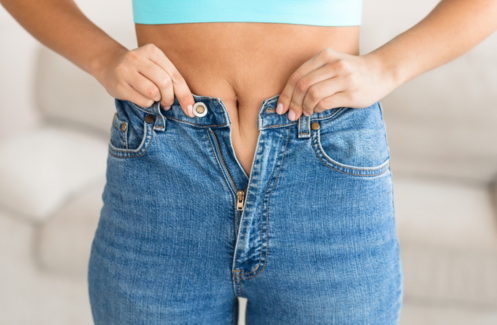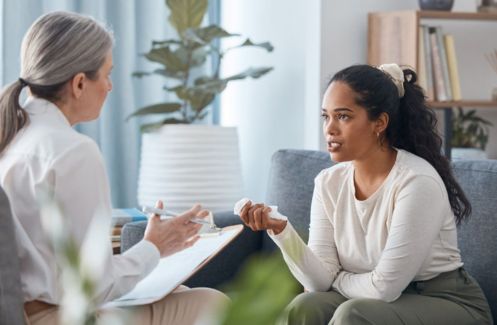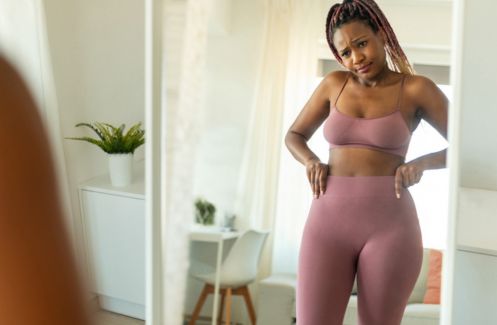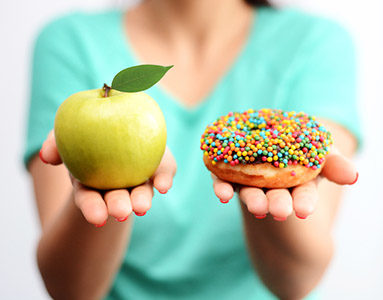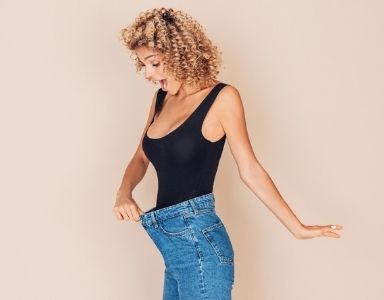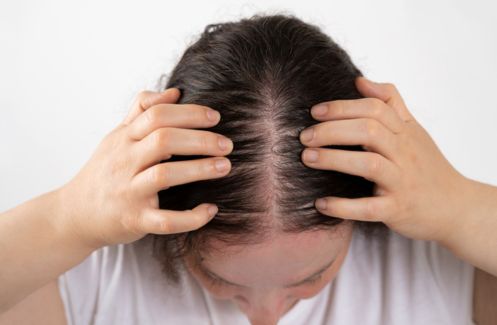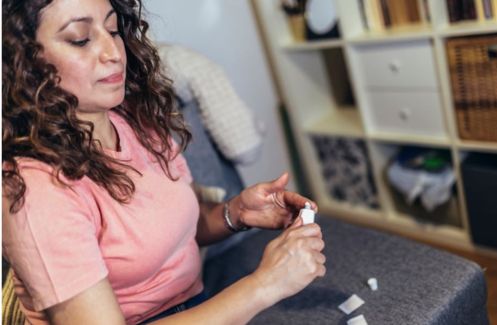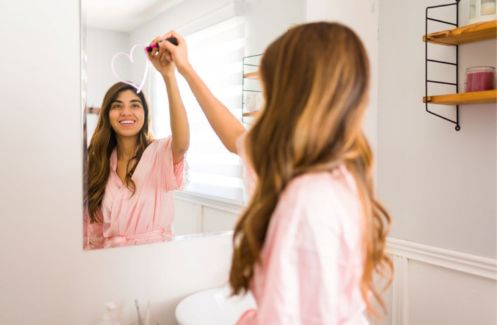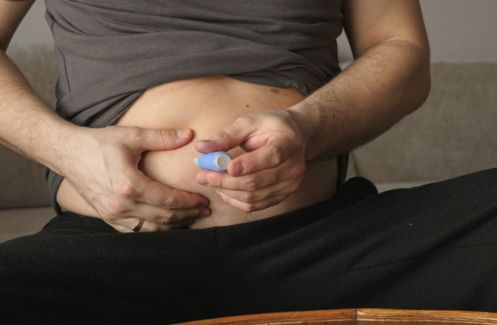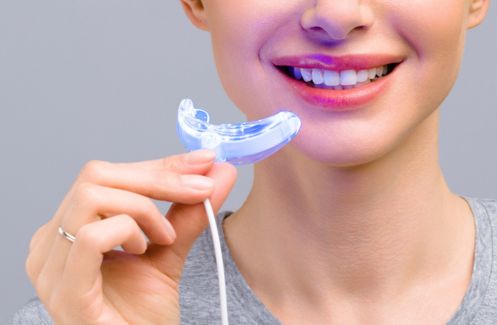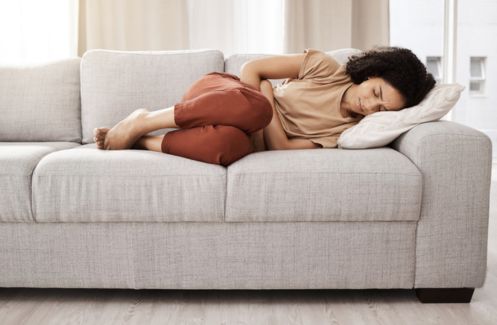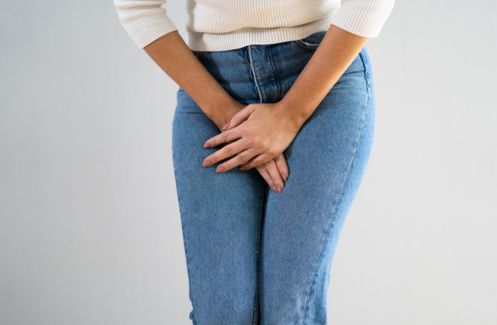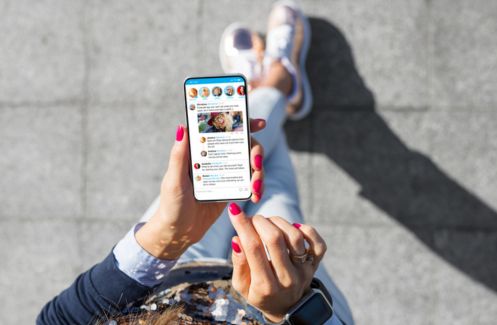While it feels like the best thing on earth, an orgasm is also better than the most potent polypill when it comes to its effect on health, happiness and wellbeing. Here’s a list of health reasons to have one whenever, however you can
1. ‘An orgasm a day keeps the doctor away’
Don’t believe us – ask the NHS. That was the title of a leaflet released to university students by the National Health Service claiming regular sex and masturbation was as important to overall health as their five-a-day. Needless to say, ‘family groups’ were not impressed.
Winning money, drinking alcohol, taking cocaine, amphetamines and heroin all light up the very same pleasure circuit.
2. The only thing that stimulates a woman’s brain more is an epileptic seizure
So found researchers in 2013 when they caused a You Tube sensation by filming for the first time, the female brain in the throes of orgasm. The video, taken with the help of an MRI scanner and Nan Wise, a 54 year old PhD student who stimulated herself ‘for my dissertation,’ shows – lucky us – 80 pleasurable areas of the brain lighting up during the orgasm. The evident fireworks start in the sensory cortex, the area related to the genitals but then quickly spread through the limbic system, involved in memory and emotion then finally, when orgasm arrives, causes the greatest spark in the hypothalamus which releases the powerful, bonding love hormone, oxytocin. (see below).
3. The cocaine effect
Few thrills rival scoring at erotic blackjack, but cocaine and indeed, winning truckloads of cash come close, says Dr David Linden, New York neurologist and author of The Compass of Pleasure. Linden has scanned the brains of men, women, gay, straight and bi and found that similar results across all sexes and orientations. ‘There is a pleasure circuit in the brain activated by orgasm,’ he says. The result is a surge in the feelgood reward chemical dopamine in the brain, the same chemical active in drug users pursuit of a fix. ‘It’s the reason sex and orgasm can become so addictive,’ says Linden. ‘Winning money, drinking alcohol, taking cocaine, amphetamines and heroin all light up the very same pleasure circuit.’
4. The love drug
That post-orgasmic love bomb feeling? It’s chemical too. Oxytocin is a hormone that is released during childbirth and breast-feeding and after orgasm it’s surging through both of your systems at high speed, underlying that warm, lingering afterglow. Bottled, it’ really is a love drug. ‘If you give people oxytocin in nasal sprays they are much more trusting and affectionate,’ says Dr Linden. But don’t be fooled by myths about men not feeling lovey-dovey after orgasm. ‘The oxytocin effect is the same in men and women,’ says Dr Linden.
5. Why you go ‘Ahhhh…’ after ‘Oh!’
A cocktail of endorphins are released from the brain including serotonin, the key ingredient in Prozac
A soaring sexual moon landing beats the best anti-depressant. During orgasm, a cocktail of endorphins – also known as the brain’s natural opiates – are released from the brain including serotonin, the key ingredient in Prozac. Another hormone release in the lead up to orgasm is prolactin, says Ashley Grossman, professor of Endocrinology at the University of Oxford. ‘This is the hormone that is active in breast-feeding women and has an overall calming effect.’ If you’re stressed before a meeting, you could do worse than getting getting busy that morning. British researchers found that orgasms could lower blood pressure and lower stress for up to two weeks after the fact.
6. Better than Valium?
It’s not only him that gets a surge of sleepiness after a bout of horizontal folk-dancing. Evidence shows even a quickie could help you sleep. The average female orgasm lasts just 25 seconds compared to 15 seconds in men and one study on 2,632 US women found that 39 per cent of those who masturbated did so in order to relax quickly. No wonder women with insomnia are often advised to use a vibrator before bed.
7…and forget Echinacea and vitamin C
More orgasms might result in fewer colds and flu. Having sex once or twice a week has been linked with higher levels of Immumnogobulin A or IgA, an antibodie found in saliva and nasal linings that’s a factor in the immune system’s ability to fight bugs.
8. The best glow-job of them all
Lady Gaga last year credited ‘orgasms, lots of orgasms’ as her skin secret.
The most stellar anti-ageing potion can’t beat that post-shag radiance. Just ask Lady Gaga who last year credited ‘orgasms, lots of orgasms’ as her skin secret. The post sex glow is a real phenomenon in about 75 per cent of women, says cosmetic dermatologist Dr Mervyn Patterson. ‘Orgasm causes increased blood flow to the skin because it stimulates the parasympathetic nervous system, causing blood vessels in the skin to open up, giving the face a flushed look.’ This effect is evident even if you’re not the one doing all the work and are simply lying on your back, he explains. ‘Over time, regular orgasms can help the carrying around of nutrients in the blood to the skin.’ But there’s more. In the lead up to orgasm, your body releases bucketloads of DHEA, an anti-ageing steroid hormone often sold in supplements and purported as the fountain of youth. ‘This is your body’s way of making it naturally,’ he says. Need to fake it? You can’t beat Nars Orgasm Blush £21 and Orgasm Illuminator £22.
MORE: 7 BEST VIBRATORS FOR WOMEN
9. Your Loubis’ secret benefit
When shoe diety Christian Louboutin claimed high heels could give you orgasms, he invited endless column inches. From the sublime to the ridiculous, even reality TV sex siren Natasha Giggs recently admitted to feeling hornier the moment she put on a pair of the maestro’s creations. So, Italian urologist Dr Maria Cerruto set out to test the theory on 66 women and found high heels ‘directly work the pleasure muscles (pelvic floor) which are linked to orgasm.’ Fact or just friction, we can’t be certain but it’s definitely worth a shot – anything for new shoes.
10. Sore head? This will help, honest
You’ve curled up with a Jilly Cooper having pled the headache card and he is spooning you moaning, ‘Honey, this will help.’ The man is clearly up on his scientific research. According to Dr Beverly Whipple, the neurophysicist who discovered the G-spot in the late seventies (for the record, it’s on the front wall of the vagina, 5cm from the entrance), women who stimulated this area to orgasm increased their pain threshold by 107 per cent. Plus, one study of 83 women with migraine found that over half experienced relief from pain after the big O.
11. Mother’s little (fertility) helper
When a woman climaxes anytime between a minute to 45 minutes after her love ejaculates, she retains significantly more sperm
Of course, IVF proves babies can be made without any sex at all. But according to two British biologists, Robin Baker and Mark Bellis, having an orgasm might help baby-making along. The intrepid researchers discovered what they termed the ‘upsuck theory’. That’s when a woman climaxes anytime between a minute to 45 minutes after her love ejaculates, she retains significantly more sperm than she does after non-orgasmic sex. ‘Though it’s not confirmed, the theory is that orgasm produces rhythmic contractions of the uterus that pump the sperm up into it making conception more likely,’ says Professor Grossman.
12. I HEART my orgasm
‘If you don’t want to have a heart attack, have an orgasm,’ is the advice of Dr Lisa Turner, Britain’s first and only Orgasm Coach (yes, that’s a thing). ‘A study in Israel found that women with higher incidence of heart disease had fewer orgasms and vice versa,’ she says. ‘People who have more orgasms feel better about themselves generally.’
MORE: FEMIFREE: THE NEW ANSWER TO URINARY INCONTINENCE THAT’S TOTALLY NON-INVASIVE
Like this article? Sign up to our newsletter to get more articles like this delivered straight to your inbox.



